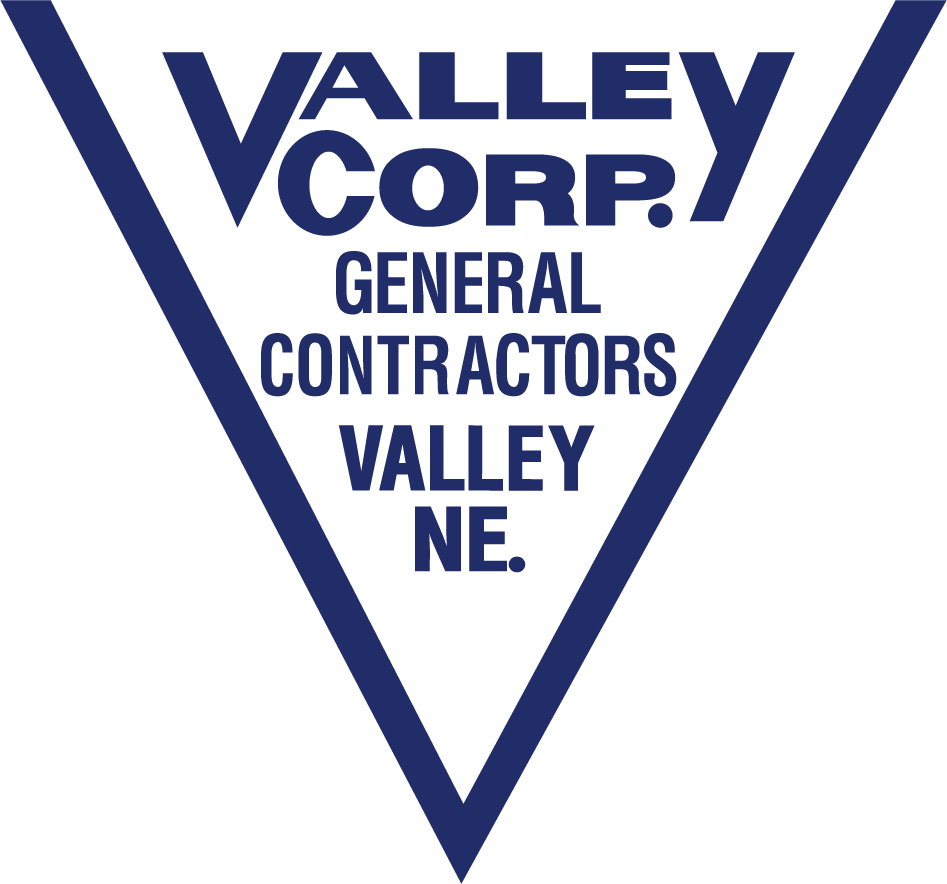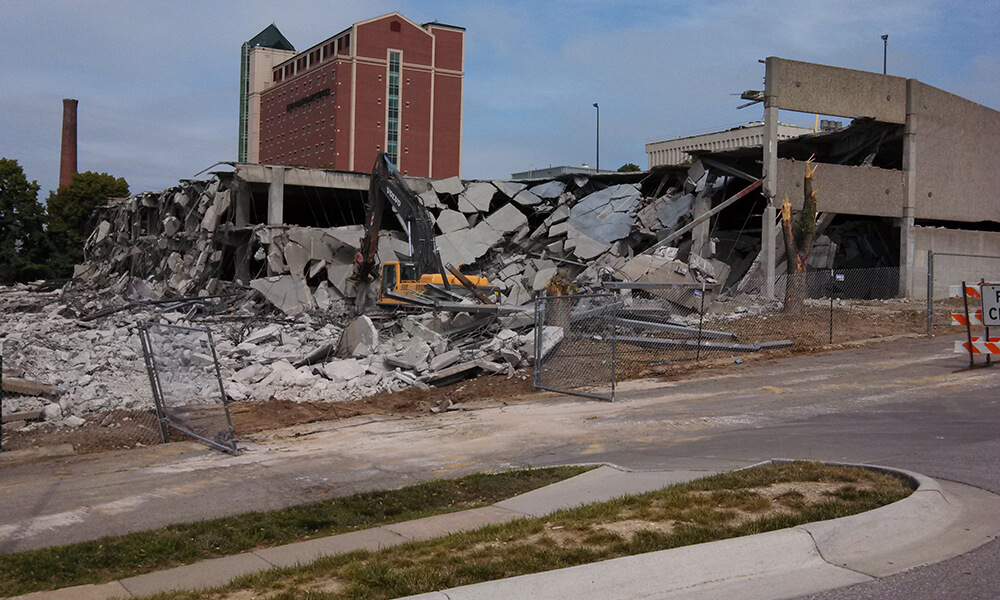Even though construction is complex, those complexities often pale next to the challenges posed by demolition. But that’s the Catch-22 of much of the work performed by Valley Corporation. Often as not, we cannot turn our attention to what’s next until we’ve addressed what’s already there. That entails removing existing structures and the utilities that support them in order to clear space for excavation, grading, and building of something new and better. Given the importance of our work as demolition contractors in Omaha — and how misunderstood it often is — we’re taking this opportunity to explain the process.
Phase One: Planning
The least visible part of our work is perhaps the most important. Our crews are extensively trained for efficiency and safety. We put the same care into the planning of a demolition project as we would into construction, evaluating the existing blueprints and structures. We examine the materials used, additions and changes made over the years, and the areas where structural quirks could complicate our work.
We’re also working with an eye toward permits, inspections, and safety. This, in turn, requires planning to decouple, secure, or relocate utilities, planning for first aid, fire prevention, and evacuation, an evaluation of any surrounding structures, and being willing to revisit any aspect of our planning to account for new findings. It’s a painstaking process, but our clients have found the results to be worth the time and effort spent.
Phase Two: Demolition
Once the planning phase is done, it’s time to get down to brass tacks. There are different approaches to demolition, and it’s common to combine methods to achieve the best results.
Manual demolition is often the most time-consuming method, since it literally involves de-constructing a structure. This is often done when some portion of a structure needs to be left intact, when salvage is a concern, or in tight quarters when mechanical demolition could be impractical. When there are concerns with onsite hazards, these are often best taken care of manually before we move on to the brute force of mechanical demolition.
Mechanical demolition, on the other hand, involves the use of specialized machinery — including excavators and cranes with shears, jaws, and hammers — to take a structure down to its foundation. As you might imagine, this moves much faster than manual demolition, but it still requires considerable knowledge, skill, and care.
Phase Three: Cleanup
Of course, having brought the demolition phase to completion, someone’s going to have to clean up the mess. That would also be us. Where possible, we recycle as much demolition waste as we can in order to divert it from landfills, but our goal in any event is to leave no trace of our efforts behind… unless, of course, it’s to build something in its place that’s better than what was there before!
Whether it’s an emergency project or something that’s been in the works for years, consult with Valley Corporation for demolition services done right. We serve Omaha, Council Bluffs, and beyond from our location in Valley, NE. Get in touch today!

